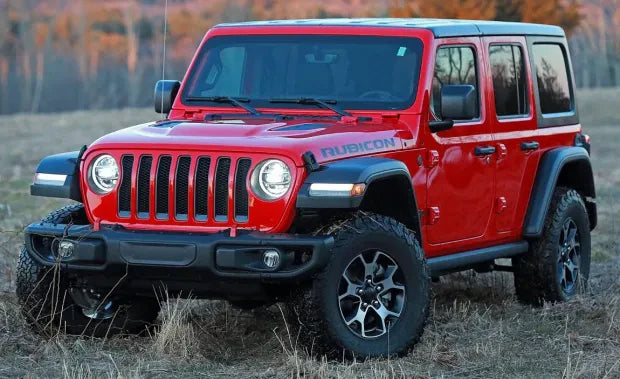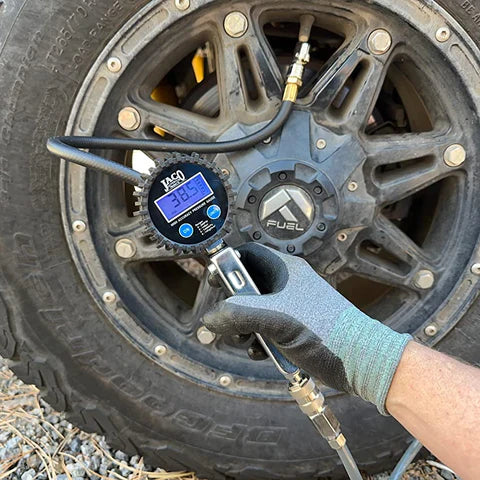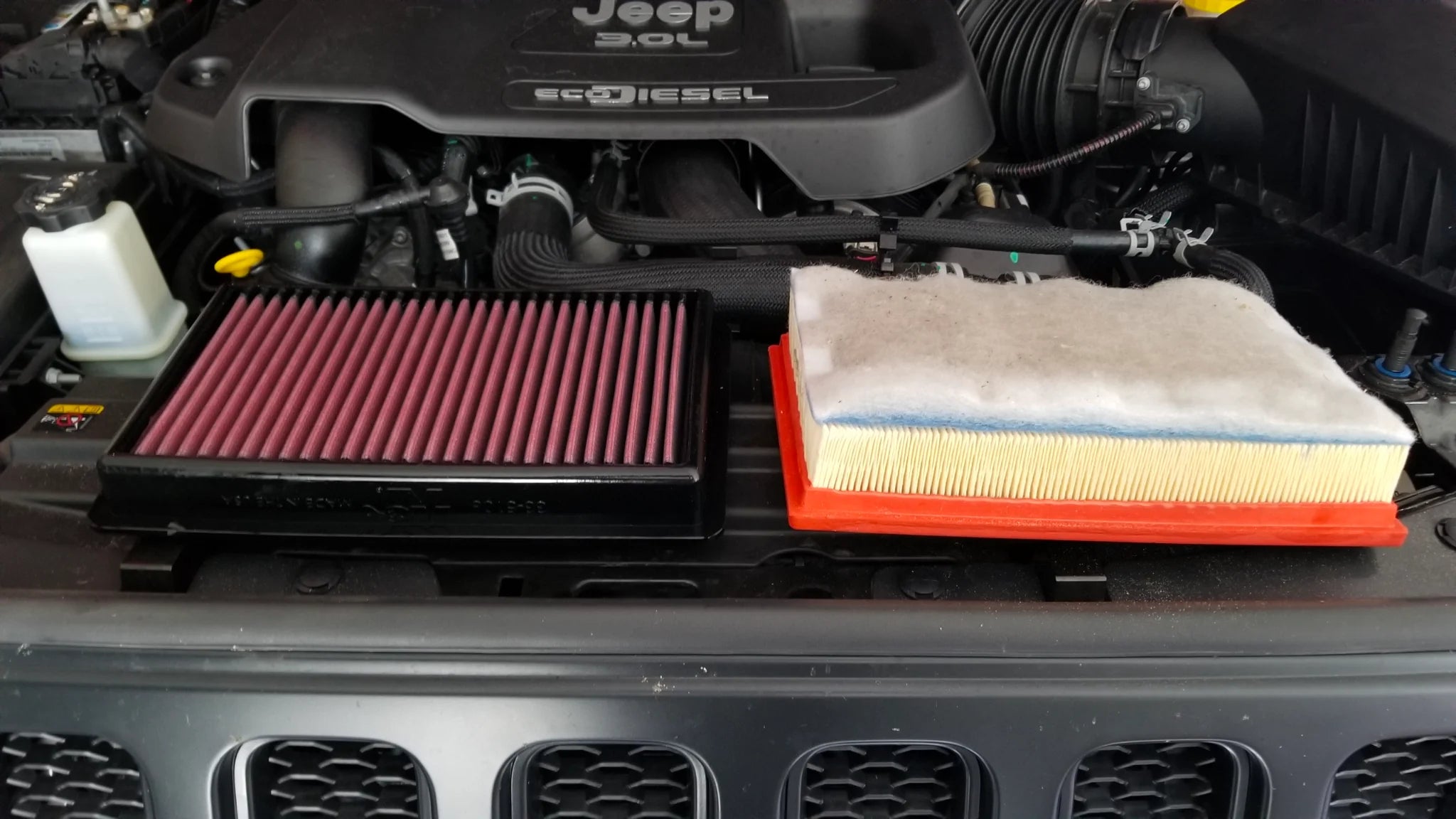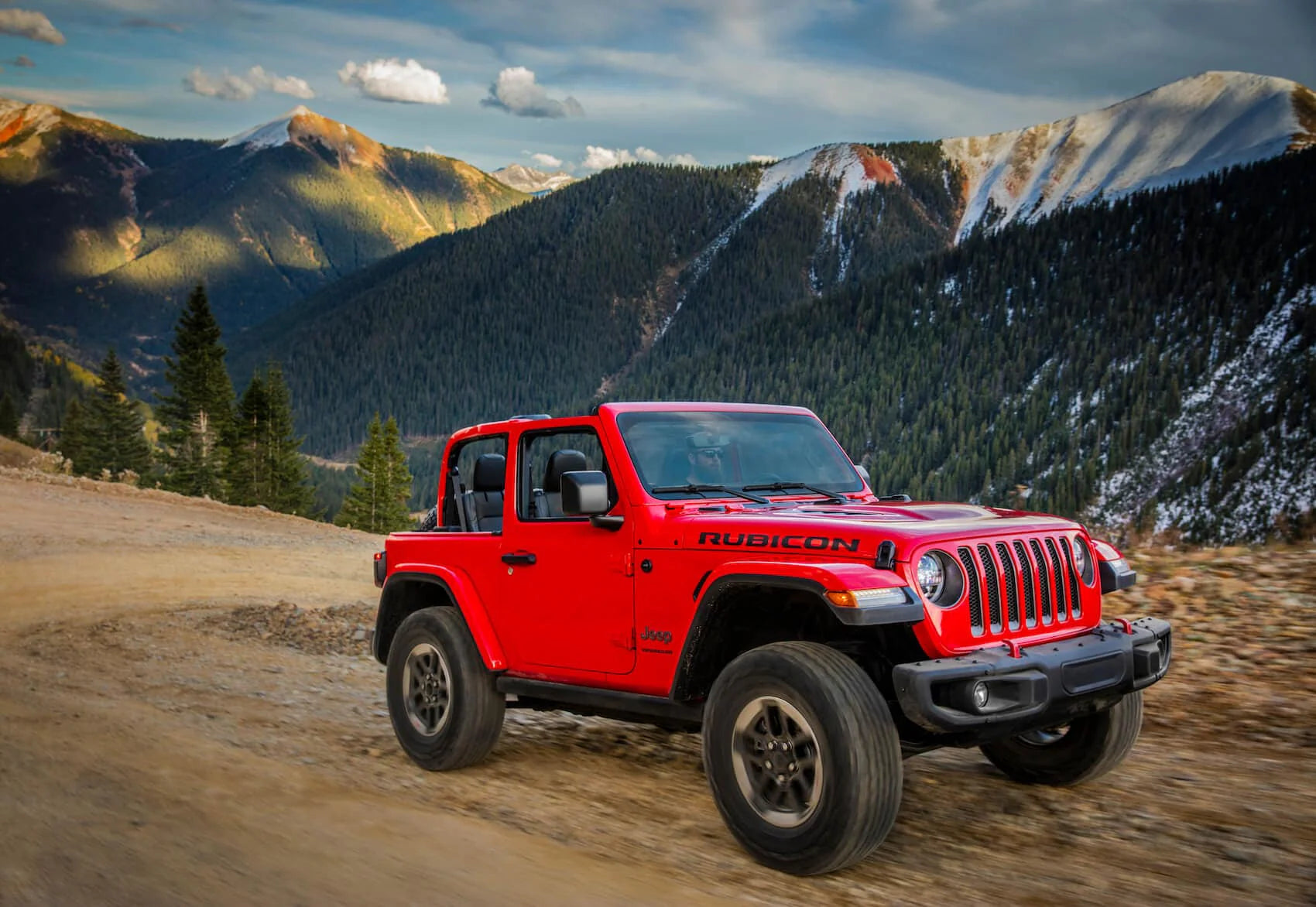Sure, Wranglers are all about rugged charm and off-road escapades, but let's face it, those gas station bills can put a dent in your adventure fund. Fear not, fellow Wrangler enthusiasts! We're here to break down the nitty-gritty of Wrangler fuel efficiency, share some insider tips on squeezing every drop out of that tank, and even throw in a little friendly competition with other adventure-hungry rides.
Gas mileage, often referred to as fuel economy or miles per gallon (MPG), is a measure of how far a vehicle can travel on a certain amount of fuel. It's a critical metric for understanding a vehicle's efficiency in converting fuel into distance traveled. Gas mileage is typically expressed as the number of miles a vehicle can travel per gallon of fuel it consumes. For example, if a car has a gas mileage rating of 30 MPG, it means the car can travel approximately 30 miles on one gallon of fuel. Higher MPG values indicate greater fuel efficiency, meaning the vehicle can travel farther on less fuel, which is beneficial for both the environment and the driver's wallet.
What Is The Jeep Wrangler’s Average Gas Mileage?
The average gas mileage of a Jeep Wrangler varies depending on the model year, engine type, and driving conditions. Generally, newer models tend to be more fuel-efficient than older ones. Here are some general guidelines:
What Is Gas Mileage?
1. Older Models (before 2012)

Older Jeep Wranglers, especially those from the 1990s and early 2000s, typically have lower fuel efficiency. They might average around 15-18 miles per gallon (mpg) in the city and 19-21 mpg on the highway.
2. 2012-2018 Models

With the introduction of the 3.6L Pentastar V6 engine in 2012, fuel efficiency improved slightly. These models might average around 17-18 mpg in the city and 21-23 mpg on the highway.
3. 2018 and Newer Models

The latest generation of the Jeep Wrangler, introduced in 2018, offers more engine options, including a turbocharged four-cylinder and a mild-hybrid system. These newer models can average around 18-23 mpg in the city and 22-25 mpg on the highway. The 4xe plug-in hybrid model, introduced in 2021, offers even better fuel efficiency, especially in short-range, purely electric driving mode.
Factors That Affect Jeep Wrangler Gas Mileage
Several factors can significantly affect the gas mileage of a Jeep Wrangler. Understanding these factors can help you optimize fuel efficiency or explain why you might be experiencing lower than expected miles per gallon (MPG). Here are some key factors:
1. Engine Type and Size

Different engine configurations offer varying levels of fuel efficiency. Generally, smaller, more modern engines with technologies like turbocharging or direct injection are more fuel-efficient than older, larger engines.
2. Transmission

Manual transmissions in older models might offer slightly better fuel efficiency compared to automatic transmissions, although this gap has narrowed with the introduction of more advanced automatic transmissions.
3. Driving Habits
Aggressive driving, such as rapid acceleration and hard braking, can significantly reduce fuel efficiency. Maintaining a steady speed, especially on highways, and using cruise control can improve gas mileage.
4. Vehicle Weight and Load
Heavier vehicles consume more fuel. Additional weight from cargo, passengers, or towing can decrease fuel efficiency. Related Articles: TOP 10 JEEP WRANGLER COLORS
5. Aerodynamics

The Jeep Wrangler’s boxy shape is not very aerodynamic, which can reduce fuel efficiency, especially at higher speeds. Aftermarket modifications like larger tires, lift kits, roof racks, or larger bumpers can further increase aerodynamic drag.
6. Tire Type and Pressure
Larger, off-road tires that are common on Jeep Wranglers have higher rolling resistance than standard tires, which reduces fuel economy. Proper tire inflation is essential for optimal gas mileage.
7. 4WD Usage
Using four-wheel drive (4WD) consumes more fuel than two-wheel drive due to increased drivetrain resistance and weight.
8. Maintenance

Poorly maintained vehicles can suffer from reduced fuel efficiency. Regular maintenance, such as timely oil changes, air filter replacements, and keeping the engine in good working order, is essential.
9. Terrain and Conditions
Driving on rough, hilly, or off-road terrain requires more power and fuel. Similarly, driving in extreme weather conditions, like strong headwinds or cold temperatures, can also decrease fuel efficiency.
10. Idle Time
Extended idling, which is common in off-road or city driving scenarios, also contributes to lower overall fuel efficiency.
11. Accessory Use
Heavy use of electrical accessories like air conditioning, heating, and power-draining aftermarket add-ons can slightly decrease fuel efficiency.
12. Fuel Type
The type of fuel used (e.g., regular vs. premium) can have a minor impact on fuel efficiency and performance, depending on the engine's specifications.
How To Stretch Your Fuel Further
Stretching your fuel further in a Jeep Wrangler, or any vehicle for that matter, involves adopting smart driving habits and implementing maintenance practices to optimize fuel efficiency. Here are some tips to help you get more miles out of each tank:
1. Maintain Proper Tire Pressure

Underinflated tires can increase rolling resistance, making your engine work harder and consuming more fuel. Regularly check your tire pressure and keep them inflated to the recommended level.
2. Drive Smoothly
Avoid aggressive driving behaviors like sudden acceleration, hard braking, and rapid speed changes. Smooth acceleration and deceleration can help conserve fuel.
3. Reduce Idling

Idling consumes fuel unnecessarily. If you anticipate being parked for more than a minute, consider turning off the engine rather than idling.
4. Keep Your Vehicle Well-Maintained
Regular maintenance, including oil changes, air filter replacements, and tune-ups, ensures your engine runs efficiently. A well-maintained engine is more fuel-efficient.
5. Lighten Your Load
Remove unnecessary cargo and roof racks when not in use. Extra weight can decrease fuel efficiency, especially in a vehicle like the Wrangler, which is optimized for off-road performance.
6. Use Cruise Control
On long, flat stretches of road, cruise control can help maintain a steady speed and improve fuel efficiency by preventing unnecessary speed fluctuations.
7. Plan Your Routes
Avoid heavy traffic and opt for routes with fewer stops and smoother traffic flow whenever possible. Stop-and-go driving consumes more fuel than steady, consistent speeds.
8. Utilize Eco-Mode (if available)
Some modern vehicles, including certain models of the Wrangler, come equipped with eco-driving modes that optimize engine performance for fuel efficiency. Engage eco-mode when appropriate to maximize fuel savings.
9. Combine Trips
Consolidate errands and combine multiple trips into one to minimize driving distance and reduce fuel consumption.
10. Consider Aerodynamics
While Wranglers aren't known for their aerodynamic profiles, removing unnecessary accessories like roof racks and soft tops when not needed can help reduce wind resistance and improve fuel efficiency, especially at higher speeds.
By incorporating these fuel-saving practices into your driving routine and vehicle maintenance regimen, you can maximize the mileage you get out of each tank of fuel, whether you're cruising down the highway or exploring off the beaten path in your Jeep Wrangler.
Add-ons that affect Jeep Wrangler fuel economy
When it comes to the Jeep Wrangler, certain add-ons and modifications can have a noticeable impact on fuel economy due to their effect on vehicle weight, aerodynamics, and mechanical efficiency. Here are some add-ons that can potentially affect Jeep Wrangler fuel economy:
1. Lift Kits
Installing a lift kit raises the vehicle's ride height, which can increase wind resistance and decrease aerodynamic efficiency. This may result in reduced fuel economy, particularly at higher speeds.
2. Larger Tires
Upgrading to larger, heavier tires can increase rolling resistance, requiring more power to move the vehicle. This extra strain on the engine can lead to decreased fuel efficiency, especially in stop-and-go traffic and off-road conditions.
3. Roof Racks and Cargo Carriers
While convenient for carrying gear and equipment, roof racks and cargo carriers create additional wind resistance, negatively impacting aerodynamics and fuel economy, particularly at highway speeds.
4. Heavy Bumpers and Armor
Aftermarket bumpers, skid plates, and other armor add-ons can significantly increase the vehicle's weight, leading to reduced fuel efficiency as the engine works harder to propel the added mass.
5. Auxiliary Lighting
Adding extra lighting accessories such as light bars, spotlights, and auxiliary lamps not only draws more power from the vehicle's electrical system but also increases aerodynamic drag, both of which can contribute to decreased fuel economy.
6. Soft Tops vs. Hard Tops
While not an add-on per se, the choice between a soft top and a hardtop can impact fuel economy. Soft tops typically weigh less and offer better aerodynamics, potentially resulting in slightly improved fuel efficiency compared to heavier hardtops.
7. Winches
Installing a winch adds weight to the front of the vehicle, which can affect both handling and fuel economy. The additional weight requires more power from the engine to maintain speed and acceleration.
8. Upgraded Suspension Components
Upgrading suspension components such as shocks, springs, and sway bars can improve off-road performance but may also lead to increased weight and changes in vehicle dynamics that affect fuel economy.
9. Engine Performance Modifications
Performance upgrades such as cold air intakes, exhaust systems, and engine tuners can alter the vehicle's fuel-to-air ratio and engine management settings, potentially affecting fuel economy depending on driving conditions and tuning parameters.
10. Towing Accessories
Adding towing accessories like hitch receivers and trailer hitches can increase the vehicle's weight and aerodynamic drag, impacting fuel economy when towing or hauling heavy loads.
It's essential to consider the trade-offs between vehicle customization and fuel efficiency when modifying a Jeep Wrangler. While certain add-ons may enhance off-road capability or aesthetic appeal, they can also come with compromises in terms of fuel economy. Balancing these factors according to your driving needs and preferences is key to maximizing both performance and efficiency in your Wrangler.

